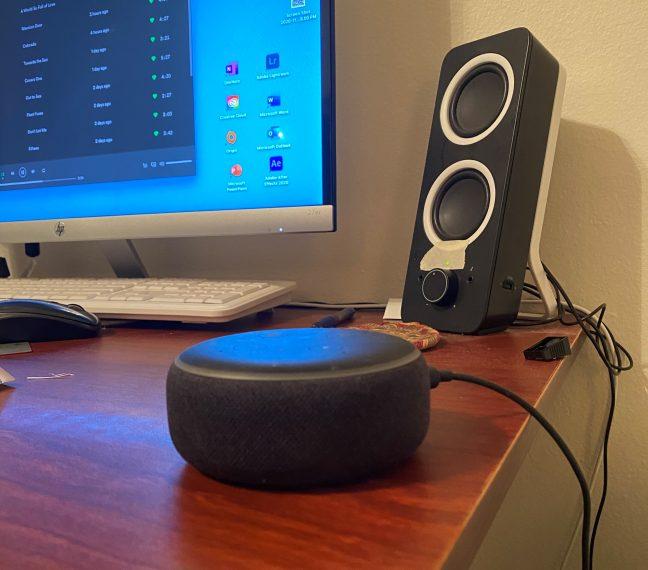Virtual assistants, such as Siri or Alexa, have become household names — literally. Just by calling for them, they can do a variety of tasks, from adding items to grocery lists to activating home security systems.
Though voice recognition technology has been around since the 1960s, virtual assistants as we know it didn’t come around until the 2010s.
Virtual home assistant technology has come a long way since Apple first introduced Siri in 2011. How have popular home assistants, such as Siri, Alexa, Cortana and others evolved over the past decade?
Siri’s introduction with the iPhone 4s in 2011 was polarizing. While some were amazed by its ability to respond to user’s questions and commands, others brought up concerns about security, and whether or not artificial intelligence had come too far.
In 2012, Google officially launched Google Now on Android phones, which came with a more accurate voice to text function, the ability to understand 18 languages and the ability to connect with a user’s search history and calendar.
In the next couple of years, both Microsoft and Amazon would also introduce their own voice assistants, Cortana and Alexa.
A few distinctions can be made between how different companies chose to expand their voice assistants. While Siri and Cortana are built into different operating systems, Alexa and Google Home are smart speakers.
By the end of 2016, voice assistant technology was commonplace. Amazon launched their second generation Amazon Echo and Google launched Google Home and their smartphone, Google Pixel. Other companies also started capitalizing on voice recognition, such as when Samsung acquired the virtual assistant startup Viv and Chinese company LingLong launched a competitor to Amazon Echo, DingDong.
To keep up with the growing competition, smart speakers are constantly improving. In 2017, Google Home acquired multi-user support, meaning the device was now able to understand up to six different voices. Google Home users were also able to shop from Walmart at home, through voice shop. By 2018, Google announced that Google Home would be able to understand up to 30 languages.
Meanwhile, Amazon Echo introduced calling and messaging features, the Echo Look, a camera and speaker, the Echo spot, a smart alarm clock and Echo Plus, a speaker offering higher quality and sleeker design. Amazon and Microsoft announced the integration of Cortana and Alexa. The merger allowed Alexa to access some Windows functions and vice versa.
At the same time, smart speakers launched internationally on a larger scale. Google Home launched in the UK, Germany, France, Australia, Canada, Japan and China. Amazon Echo, already available in the U.S., UK and Germany, was being shipped to over 89 countries by the end of 2017.
More and more electronic devices also began integrating voice assistant technology. In 2017, Sonos released an Alexa activated speaker, the Sonos 1. Bose launched wireless earbuds with both Google Assistant and Siri. The following year, Roku announced the Roku entertainment assistant.
All the while, additional companies were launching competitive technology, such as Alibaba’s Genie X1 smart speaker, Baidu’s Xiaodu smart speaker and the Apple Homepod. Samsung would also announce plans for a Bixby powered smart speaker, the Galaxy Home and the Galaxy Home mini, with a February 2020 release date.
Regardless of how you may feel about them, voice assistants have worked their way into most aspects of our lives. They are in mobile apps and devices and found in many industries, such as retail, education and healthcare. With the projected number of users by the end of 2021 being set to 843 million, it’s time we cozy up to our electronic friends.


